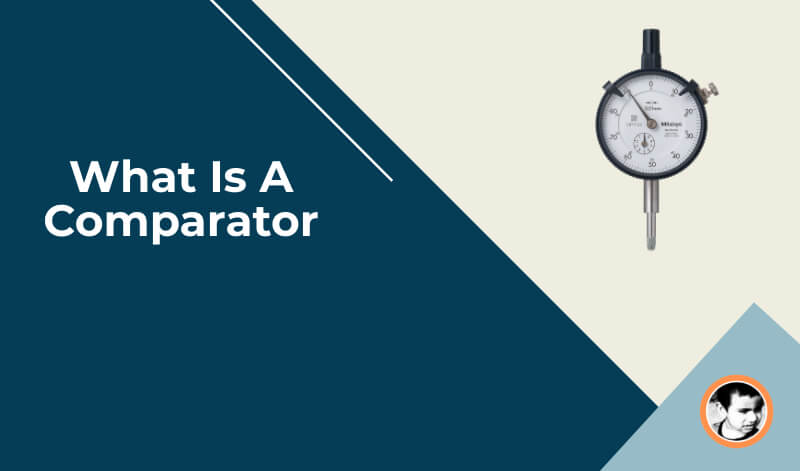Do you know that one of the main bottlenecks of an efficient operation is waste? If you can reduce the waste, you can make your operation more effective and beneficial. 5S does the same thing. So let’s learn about What is 5S and how it can reduce the waste in your business.
What Is 5S?
5S is a system or a philosophy to organize things where it belongs to, remove things if it does not add any value, reduce variables and standardize parts, clean the workspace and sustain all those activities for a long time. The overall benefit will be a better workspace, a better operational environment, and an efficient business.
5S is a part of lean manufacturing along with Kaizen, Six Sigma, Poka Yoke. All those lean manufacturing tools talk about finding out the root cause of a problem, finding a statistical solution, and removing the waste. And then sustain the change for the long term to get the desired business goal.

The term 5S comes from 5 Japanese words. Each S represent one part of the 5S process
- Seiri ( Sort)
- Seiton ( Set)
- Seiso ( Shine)
- Seiketsu ( Standardise)
- Shitsuke ( Sustain)
History of 5S
Like most of the quality tools, 5S was also started by Toyota Production System during mid 20th century. 5S was a part of Toyota’s lean manufacturing process to reduce waste and standardize the production process.
5S helped Toyota, to sort parts as per the manufacturing process, set those in the correct order, helped to keep the workspace clean, reduce the variety of parts and standardize common parts and that also helped Toyota to sustain all those steps that they have during the 5S activity process.
The reason why Toyota adopted 5S is that a messy, cluttered, unorganized workspace can only lead to more cycle time, more chance of error, more waste of time during transportation, and more safety issues.
What are the 5S Methodology?
5S is a system, 5S is a philosophy that industries adopt to reduce waste. 5S itself does not have any tools. Industries have to find out different tools ( if needed) to implement 5S.
Sort
The first step of 5S is Sort. You need to go through all tools, equipment, materials, hardware, furniture, etc. to see what is actually needed and what is sort. Accordingly, you need to sort those items. You need to ask the following questions to see if the item is really adding value to the process.
- When was the last time the item was used?
- Is that really necessary to keep the item here?
- How frequently the items is used?
- What is the purpose of the item?
If you don’t find a reasonable answer to these questions, it’s better to remove those items, stock them somewhere else or give them to another department that may need them. While storing the item, you may use Red flag to easily identify the item later.
Set
Once the unnecessary items are removed, the next course of action is to Set in order all required items. Setting in order is really important so that there is no waste of time or materials. The set in order can be done based on different parameters as outlined below.
- Set in order based on the order of usage
- Set in order based on the color
- Set in order based on the frequency of usage
- Set in order based on the type
While setting items in the order, one has to make sure that it follows the lean manufacturing principle that states that there should be a minimum waste due to transportation, motion, inventory, waiting time, etc. So basically you need to sort the items in such a way that it is easily available whenever it is needed without any sort of waste.
Shine
The next step in the 5S is the shine. Shining means cleaning your workspace, removing all waste materials, sweeping, mopping, and cleaning surfaces. Cleaning not only sanitizes the workspace but it has a positive vibe on operators. A cleaned and sorted workspace can enhance the productivity of operators.
Shine does not limit to only cleaning the workspace. It also includes regular maintenance of machines and equipment so that those do not break down during operation. Machine breakdown is waste under lean manufacturing and regular maintenance can reduce that waste.
The cleaning and shinning are not the responsibility of any specific department. But each one of us should contribute to that. If we clean our workspace ourselves, that will give a sense of ownership and confidence to perform better.
Standardize
Standardization helps in establishing a procedure to ensure that all the above-mentioned 5S activities are followed regularly. That can be achieved by creating a work structure or standard operating procedure, creating a checklist, reviewing these activities from time to time, and training people about how to do this.
This is a process that needs to be adopted by everyone involves in the business and not the job of a particular department. Everything should have their role defined and there should be a review board where everyone’s contribution can be reviewed.
Sustain
5S is not a short-term activity. It’s an ongoing activity and you can only see benefits if you do 5S activity for a longer period of time. It is therefore essential to have a mechanism that will help businesses to sustain the 5S.
This can be easily achieved by regular audits of individual roles in the 5S activities, modifying the standard operating procedure based on the process change or business needs, implementing improvement wherever possible.
The 6th S ( Safety)
Many quality analysts argue that there should be a 6th S called safety. But the fact is that if you follow all the above-mentioned 5S, safety will be ensured automatically. However many businesses consider safety as a separate activity and implement different protocol safety.
For example, on production floors you will notice, yellow marking zone specific to pedestrians, the machine has buzzers in can someone steps into the vicinity. Most companies nowadays consider ergonomics as an essential element in the production floor.
5S and Lean Manufacturing ( 5S Lean)
5S and lean manufacturing both complement each other. In fact in the Toyota production system, 5S was a part of lean manufacturing. You can not reduce waste without implementing 5S. It’s true that if you implement 5S, that does not mean that you achieved lean manufacturing methodology, but if you don’t implement 5S, it is sure you can never going to do lean manufacturing.
Conclusion
I hope this article gave enough insights into different elements of 5S. As I said before that 5S is not a short-term project. It is an ongoing activity and everyone should be a part of it. Everyone should understand the role of their 5S activity and follow that regularly. Then only businesses can achieve their 5S goal.
If you have questions, please let me know in the comment section and I will be happy to help.
You may also like to read: Difference between quality assurance vs quality control
Frequently Asked Questions ( FAQ ) On 5S In Manufacturing
What is 5S?
5S is a set of activities performed in businesses to reduce waste, time, motion, transportation, and ultimately lead to a better productive operation.
What are the elements of 5S?
Can we use the 5S principle in Software Development Cycle?
Yes, why not. In fact, 5S is equally important in software development cycles to reduce more rework time, bug fixes, quality audits, and reviews. Although 5S was invented initially for the production floors.



